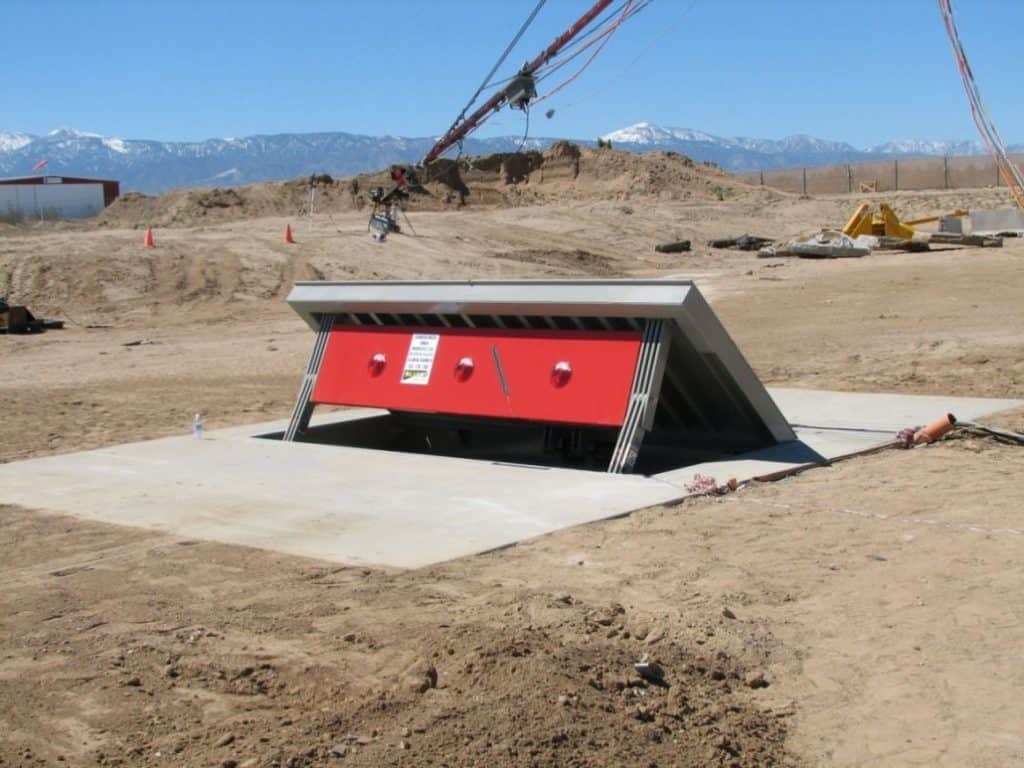Crash Beam Installation, Maintenance & Repair

Installing, maintaining, and repairing crash beams (also often known as crash obstacles or guardrails) require cautious planning, consideration to element, and adherence to safety requirements. Here are pointers for every stage:
Installation:
Site Assessment: Conduct a radical assessment of the installation website. Consider factors corresponding to street layout, traffic flow, terrain, and potential impact factors. This assessment will assist in figuring out the suitable type of crash beams wanted for the specific location.
Compliance: Ensure compliance with native regulations and safety standards. Different areas could have specific requirements for crash beam design, placement, and supplies.
Selection of Crash Beams: Choose crash beams which may be appropriate for the intended objective and visitors quantity. Consider factors such as beam height, size, materials (typically steel or concrete), and end therapies (such as terminals and anchorages).
Proper Installation: Follow manufacturer tips and safety standards during set up. Properly set up and safe the crash beams, guaranteeing they are appropriately anchored to withstand impacts and stop them from changing into hazards themselves.
Reflective Markings: Install reflective markings or delineators on the crash beams to enhance visibility, especially throughout low light situations.
Maintenance:
Regular Inspections: Schedule routine inspections to evaluate the condition of the crash beams. Look for signs of wear, injury, or corrosion. Inspections ought to be carried out no much less than once a year, however high-traffic areas might require more frequent checks.
Damage Assessment: If any injury is detected during inspections, assess its severity. Minor damage would possibly require simple repairs, while intensive harm could necessitate beam replacement.
Cleaning: Keep the crash beams clear and free from debris, vegetation, and snow accumulation. Accumulated particles can hinder drainage, resulting in corrosion and compromising the integrity of the crash beams.
https://perimetersecuritypartners.com/our-products/wedges/ : If the crash beams are manufactured from metal, apply rust-resistant coatings or paint to prevent corrosion. Regularly examine painted surfaces for chipping or peeling and repair any damaged areas promptly.
Repair:
Immediate Repairs: Address minor damages promptly. Small dents or scratches may be repaired with out replacing the whole crash beam. Repair damaged areas according to producer pointers and security requirements.
Professional Repairs: For important damages or structural points, it is advisable to rent professionals experienced in crash barrier repairs. They can assess the damage accurately and perform necessary repairs to ensure the crash beams are restored to their unique security standards.
Replacement: If the crash beams are severely damaged or compromised, substitute could be the safest possibility. Always use crash beams that meet current safety standards and comply with native rules.

Documentation: Maintain detailed information of inspections, repairs, and replacements. Proper documentation ensures you could observe the upkeep history and show compliance with safety requirements if required.
By following these guidelines for installation, upkeep, and restore, crash beams can effectively fulfill their function of enhancing road safety and stopping accidents. Always prioritize safety, compliance, and quality when working with crash barrier systems..
